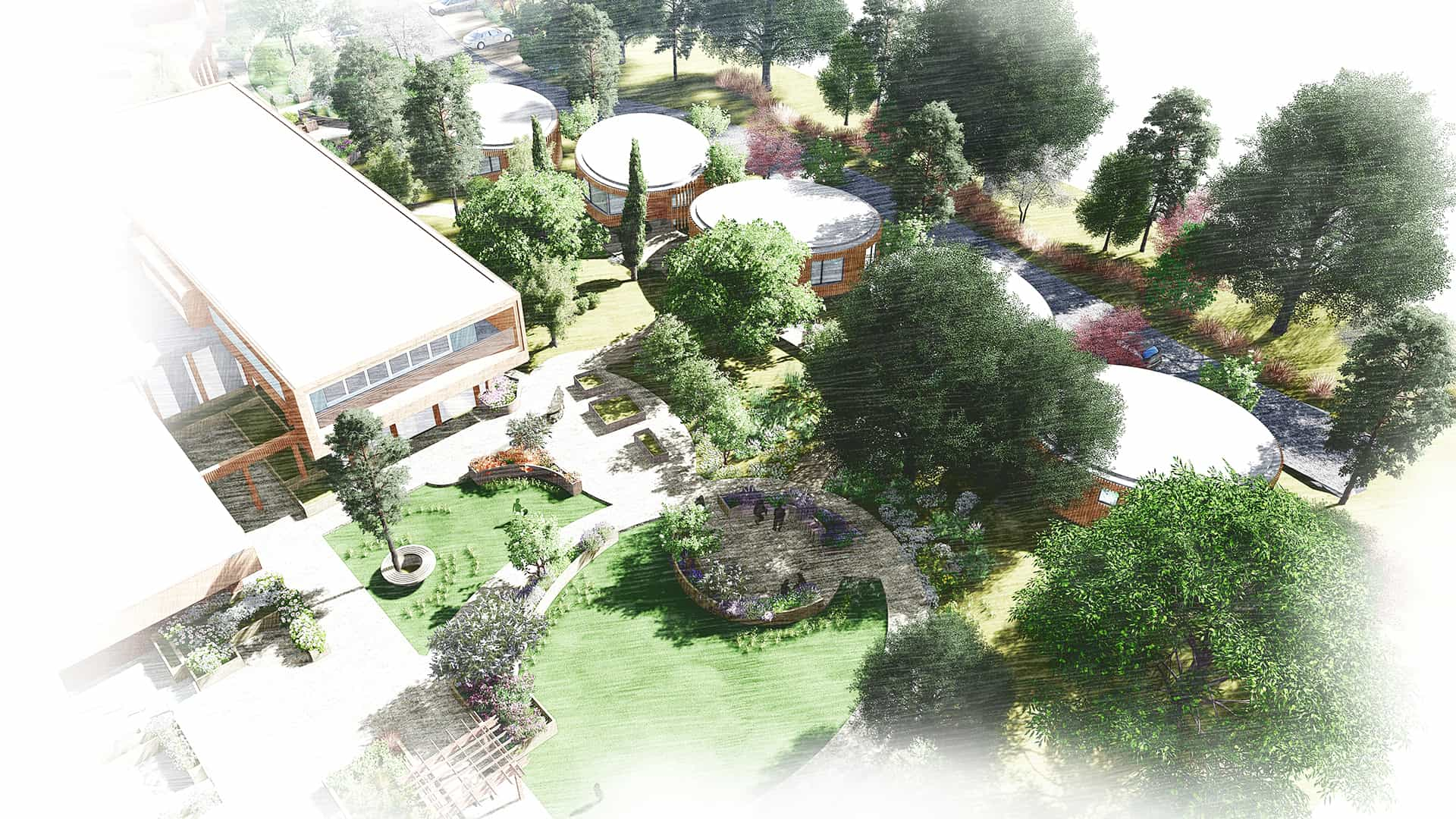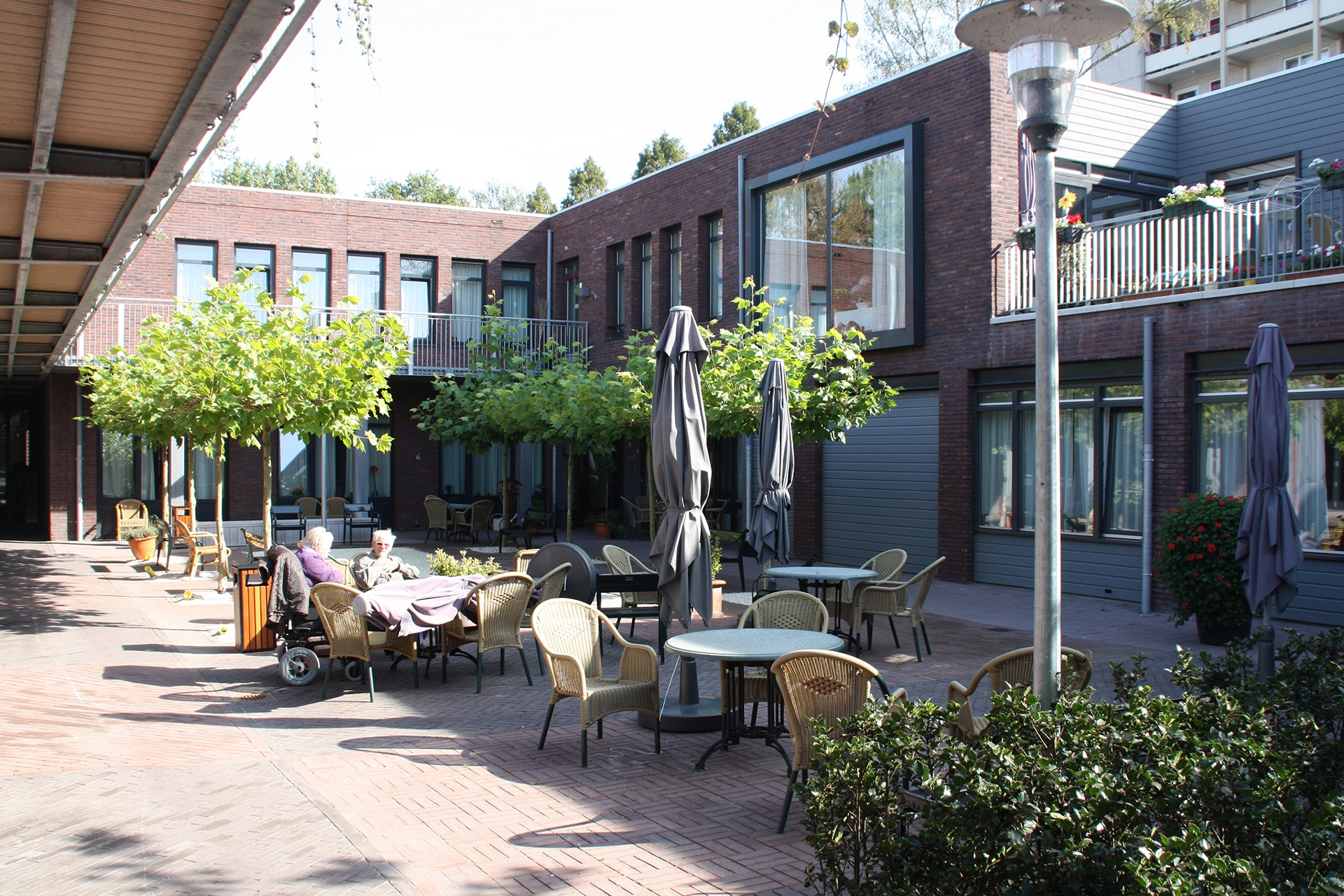
Here we review the first virtual mental health and dementia facilities forum which was held earlier this week
Cost, quality and good design are vital to providing supportive environments for people living with dementia, but all too often care home operators ‘just don’t care enough’.
This was the stark warning given by speakers at the first virtual mental health and dementia facilities forum, held earlier this week.
Organised by mhdf sister company, Stable Events; the event moved online as part of the response to the COVID-19 pandemic which continues to restrict face-to-face meetings and travel across the country.
The aim of the event is to offer suppliers of specialist mental health and dementia products and services the opportunity to meet with key decision-makers involved in the design and construction of health and care facilities.
Networking opportunities
Creating a productive networking environment through which delegates can create long-lasting business relationships; supplier and project delegate schedules are matched in advance to ensure their time at the event is maximised.
There are also keynote speaker sessions, with experts from the sector offering advice on making the most of what is a challenging marketplace.
This year the event ran alongside the 2020 Custodial Facilities Forum, with many companies in attendance working across both sectors.
Speakers included Lynda Rawsthorne, director of prison infrastructure at the Ministry of Justice, and her colleague, new prisons construction lead, Billahl Mehter who outlined work being carried out to deliver 10,000 new prison places including four entirely-new prison developments.
And dementia design was also high on the agenda, with Becky Simmons from Leonard Design exploring how well-considered environments can have a hugely-positive impact on people with dementia.
She was supported by Dana O’Donnell of Blueleaf who looked at the impact of care home design and challenged architects and care home operators to ‘think outside the box’.

The importance of good design
Other speakers included Harry Wright from main sponsor, Fireworks Fire Protection; Philip Gardner from Space Zero; Normal Williamson from Holmes Miller; Suzanne MacCormick and Simon Kydd of WSP; and Simon Crosby of Corstorphine + Wright.
Speaking about the importance of design in the creation of dementia environments, Simmons said: “As designers it is about creating spaces for life and living, not just providing a room or a bed for someone with dementia.”
But all too often, she claimed, this is overlooked.
“Anoyone can put together a vanilla-cream box and say it’s a care home, but it won’t do the job it has got to do.
“Some people just don’t care enough and that’s the saddest thing.
“So many symptoms of dementia can be mitigated through good design and it doesn’t have to cost a lot more.
“It’s about thinking outside the box and it can be as simple as taking certain areas and spending money cleverly as much as it is building totally-new facilities.
“I think sometimes it’s far easier for people to sit at a desk and do a bit of googling, but they need to get out there and see what good design looks like.”
Learn from the best
She urged designers and care home operators to visit gold-standard dementia care schemes, including the world-famous Hogeweyk Dementia Village in the Netherlands and to take advice from the University of Stirling’s Dementia Services Development Centre.
“Seeing great design really changes the way you view these spaces and helps you start to understand the habits and issues faced by people with dementia,” she said.
“It has to be a group effort and we as designers have to battle against people who have done the same thing for years and years and who don’t want to hear about a fresh approach.”
And she warned that those who ignore the power of good design will soon find themselves struggling to fill beds.
She said: “They think because they have waiting lists for beds that it’s OK, but with more and more care homes being built in just a few years it won’t be good enough and people won’t accept it.
“There is so much technology and advancement, but design in some cases is falling behind and it’s not acceptable and can be addressed by thinking a bit harder about how an environment plays out.”
Key design interventions, she said, include colour and contrast, good wayfinding, consistency, and zonal identification.
She adds: “Space in corridors is always overlooked. People think residents won’t be in them for long because they will be sat in the lounge, but what they don’t realise is that these areas are key linking spaces and if you don’t have a lot of money to improve the environment, then spending it here makes more sense as it helps with wayfinding and orientation and helps people to understand the rest of the environment.
Small is best
“I know that with COVID, in particular, care homes are strapped for cash, but there are some easy solutions that we can help with.”
These comments were supported by O’Donnell, who told the audience: “There is much more competition now and people will choose well-designed supportive care homes.
“We say give us a chance and you will see that we can do a lot with a little and we can make sure it’s right.
“Care home operators often want control, we but have the experience and we would ask them to work with us.”
On the second morning of the event the speakers elaborated further on the power of the healing environment, touching on the synergies between the design of mental health and custodial facilities, which must provide a balance between safety and support.
MacCormick and Kydd of WSP looked at a number of key interventions, including colour, with colours such as yellow and green being avoided because they can promote feelings of nausea and instead hues of purple being favoured as more relaxing and healing.
Rethinking our approach
Kydd said: “It’s about humanising environments, rather than institutional environments.”
MacCormick added: “We need to rethink our approach.
“For example, in mental health facilities why are we providing single beds when most adults have double beds at home?
“It’s about how do we nurture the wellness within them and that means looking at all the details.
“The Government has committed £300m to improving mental health care and as designers, engineers, and healthcare providers we must use this to create patient-centred, dignified environments.”